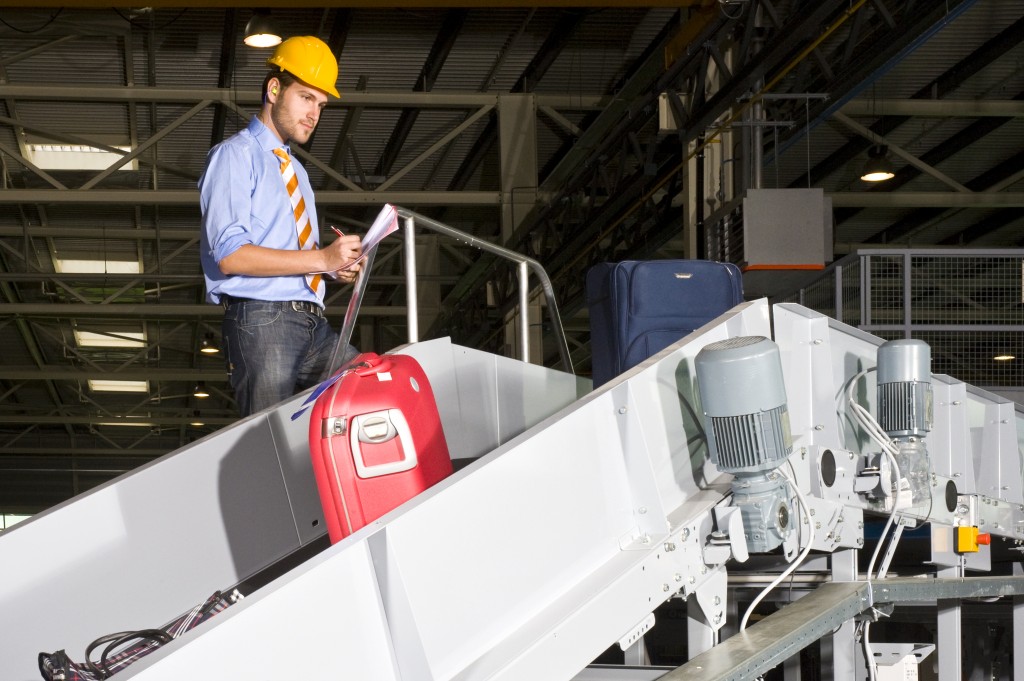The Importance of Correct Baggage Handling
Activities associated with the manual handling of baggage and cargo onto and off aircraft present many potential risks which could easily result in injury if care is not taken. Wherever there is a risk associated with potential hazards related to manual handling then injury to the ground handlers involved in these tasks become possible.
Other areas where baggage may be manually handled, for example security check-points, passenger check-in desks etc. also present a risk which should be considered.
What you need to know about baggage Handling
The main risk factors associated with manual baggage handling are:
Pushing and pulling the equipment involved, baggage trolleys may contain many 100’s of kgs of load.
Handling baggage inside the aircraft hold in particular stacking the bags, even individual bags may weigh up to 32 Kg and at arms length this can cause stress to the muscular system of the handler.
The frequency and the weight of the bags handled can increase the exposure.
Handling bags below knee height and above shoulder height particularly where the handler is either bent over or in an extended position. (Handling with the hand extended far from the lower back).
Contributing to the risk may be a lack of effective management together with poor supervision of the activity.
What you need to do in order to mitigate the hazard and to reduce the exposure
Use mechanical handling equipment to move bags into and out of the aircraft hold e.g. belt loaders, Extending Belt Loaders (EBL) etc.
EBLs not only transfer the bag mechanically into the hold, they also carry the bag down the hold to the stacking point.
Use mechanical aids to move the work equipment used e.g. using a tug to pull a baggage cart into position by a belt loader or EBL.
Train all the people using the mechanical handling equipment and other associated equipment on how to use them safely.
Support the above measures with suitable training in safe handling techniques.
Rotate tasks between employees, for example working in the hold, working on the ramp, driving the tug etc.
Provide suitable breaks and rest periods including drinking facilities.
Provide appropriate personal protective clothing. This will typically include, kneepads, footwear and gloves. (The footwear should have toe protection and provide suitable grip for smooth and wet surfaces.)
When working airside baggage handlers should also be provided with hi-visibility clothing and ear protection.
Monitor the people undertaking the work to ensure that they follow your procedures in a safe manner.
Selection of staff and sickness management.
Assess initial fitness for work – if necessary use an Occupational Health adviser or a health professional to comment on an applicants suitability.
Have in place a policy on sickness absence with a system to detect cases of work related ill-health including Musculoskeletal Disorders (MSD) and their subsequent management.
Next Steps
Follow this link to our Library to find & Download related documents for Free.
Sofema Aviation Services & Sofema Online provide classroom, webinar & online training. For additional information please email team@sassofia.com





